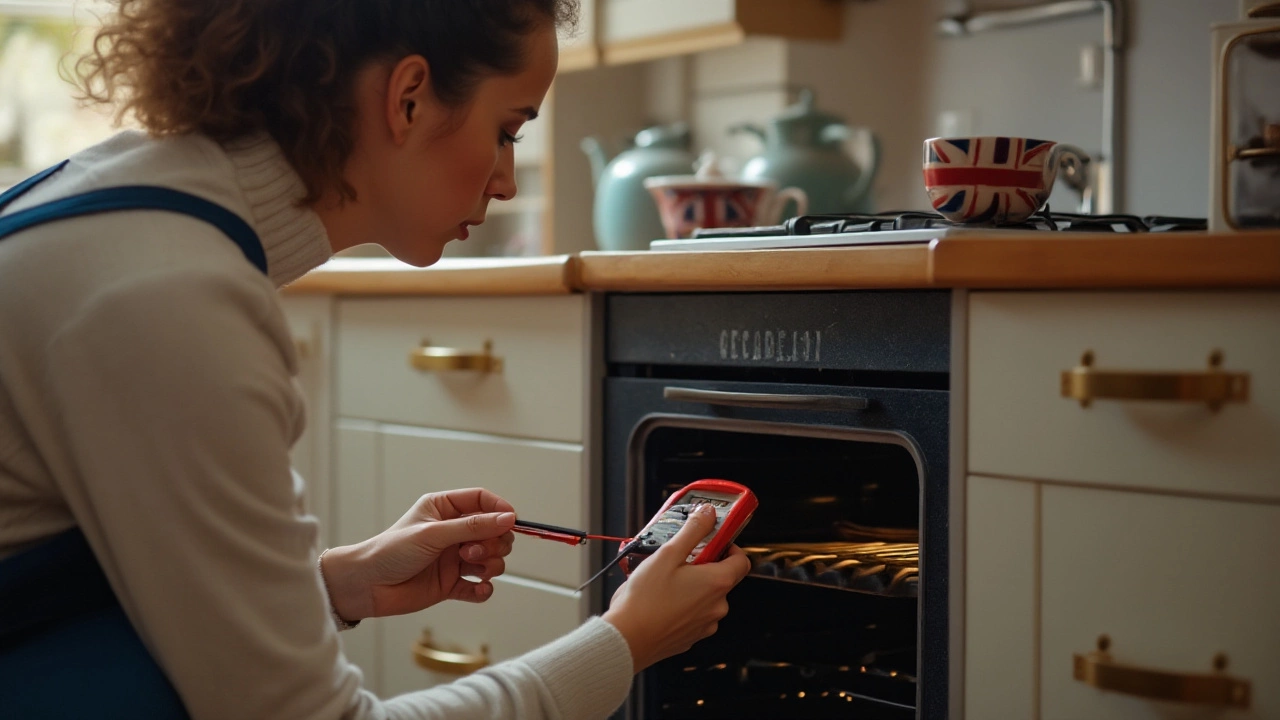Thermostat Repair: Quick Tips to Keep Your Home Warm
Ever walked into a chilly house and wondered why the heater isn’t kicking in? Most of the time it’s the thermostat that’s acting up. The good news? A lot of thermostat problems are easy to spot and fix yourself. Below you’ll find straight‑forward steps that will save you a call‑out fee and get the heat back on fast.
Common Signs Your Thermostat Needs Attention
Before you start pulling wires, check these tell‑tale signs. If the display is blank, the unit isn’t getting power. A constantly running fan, or a heater that never turns on even though the dial is set to “heat,” usually means the sensor or wiring is faulty. Another red flag is inconsistent temperature – one room feels warm while another stays cold. Those clues tell you the thermostat isn’t reading the room correctly.
DIY Fixes You Can Try Today
1. Reset the thermostat. Most modern units have a reset button or a simple power‑cycle method: turn it off, wait 30 seconds, then turn it back on. This clears any software glitches.
2. Check the batteries. Many wall‑mounted thermostats run on AA or AA‑size batteries. A low‑bat warning often looks like a dim screen or erratic temperature changes. Swap them out and see if the problem disappears.
3. Clean the contacts. Dust and debris can build up on the thermostat’s internal contacts, especially in older models. Gently remove the cover, use a soft brush or canned air to clear the dust, then re‑assemble.
4. Verify wiring connections. Turn off the breaker, then remove the thermostat’s faceplate. Look for loose or corroded wires – they should be snug and free of rust. Tighten any loose screws, but avoid stripping them.
5. Calibrate the temperature. Some models let you manually adjust the sensor calibration. If the room feels colder or hotter than the set temperature, follow the manual’s steps to fine‑tune the reading.
If none of these steps solve the issue, the thermostat’s internal sensor or circuit board may be dead. That’s when it’s smarter to call a professional.
In Glastonbury, our local technicians have the tools and experience to replace or repair any type of thermostat – from basic analog units to smart Wi‑Fi models. We can test the thermostat’s voltage, replace faulty components, and make sure your heating system is safely re‑connected.
Why choose a local service? We know the common heating setups in the area, we can get to you quickly, and we charge transparent rates. No hidden fees, just a clear quote before any work starts.
Remember, regular thermostat maintenance can extend the life of your heating system. Once a year, turn the unit off, wipe it clean, and check the battery. It’s a tiny habit that prevents big headaches later.
Got a stubborn thermostat that won’t cooperate? Give us a call – we’ll diagnose the problem fast and get your home cozy again. Our goal is simple: get your heat back on without fuss or surprise costs.

Identifying Broken Oven Elements or Thermostats for Effective Repairs
Wondering whether your electric oven’s issue is due to a faulty element or a broken thermostat? This comprehensive guide outlines simple steps to diagnose the problem, helping you figure out if your oven's heating element or its thermostat is malfunctioning. Learn the signs of each problem, the tools you'll need for testing, and useful tips for maintenance. Uncover ways to fix common issues yourself before calling in professional help, saving you time and money.